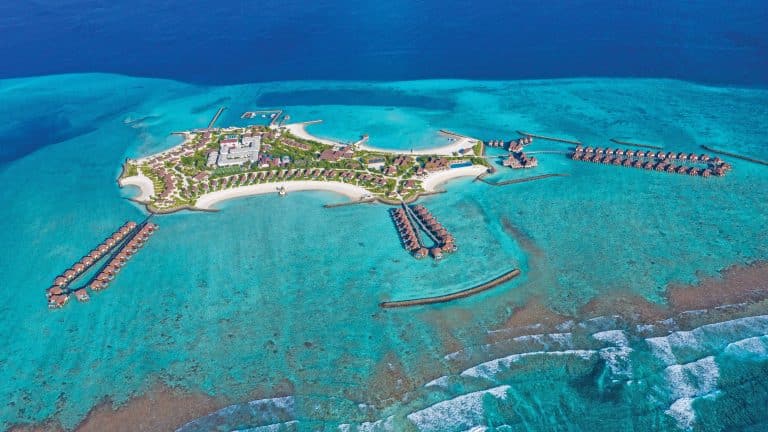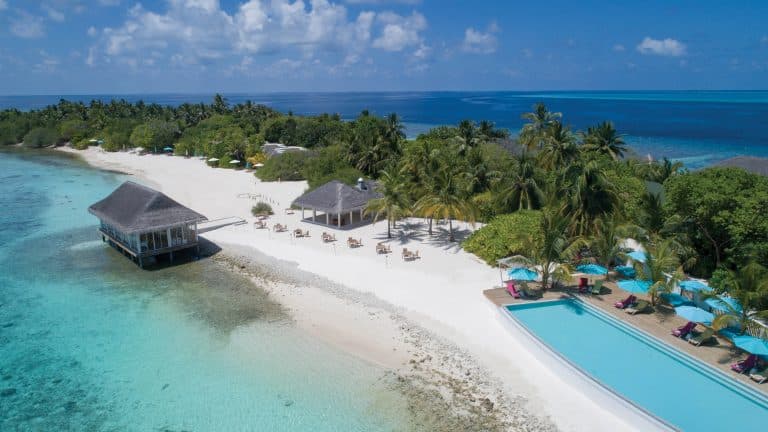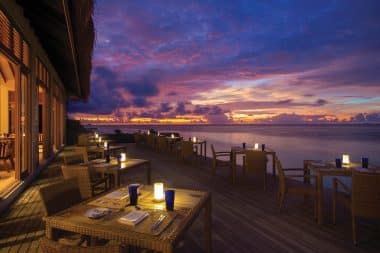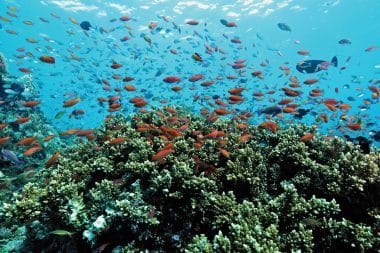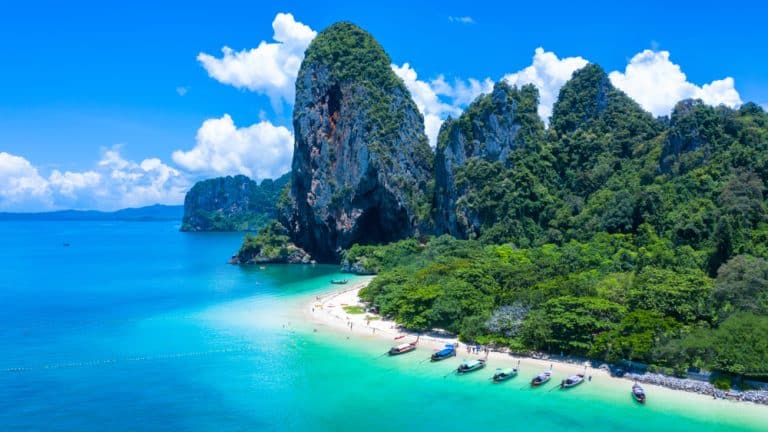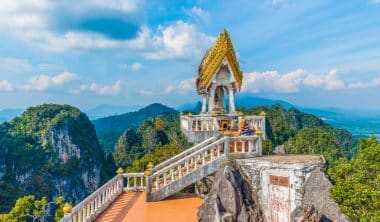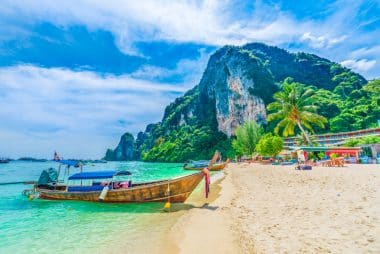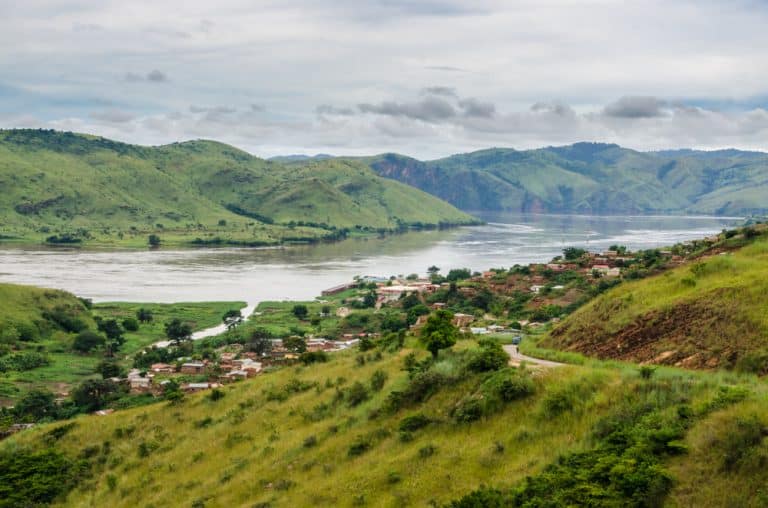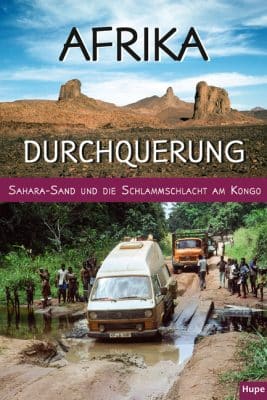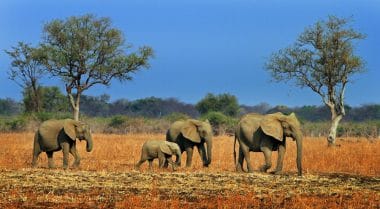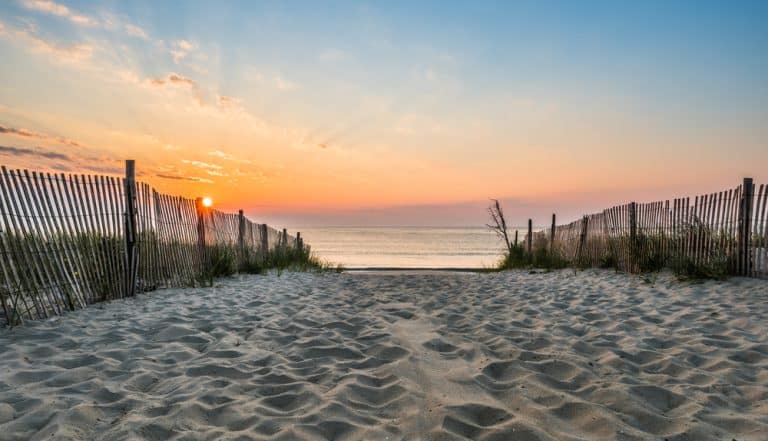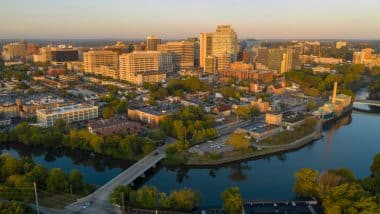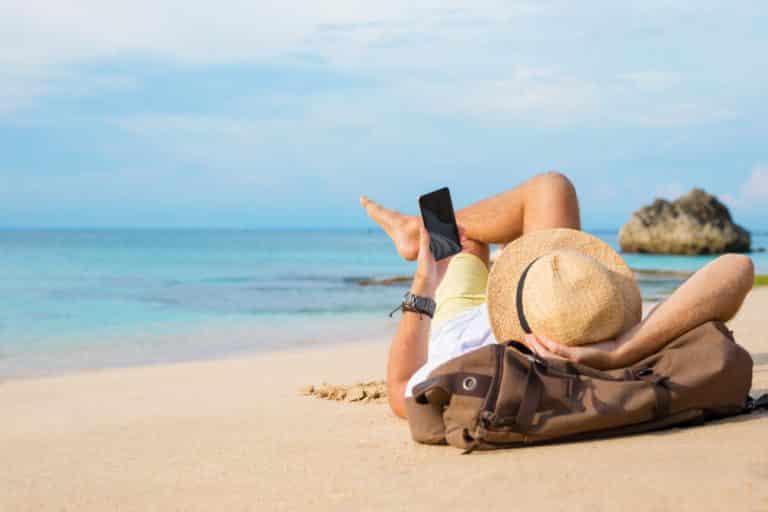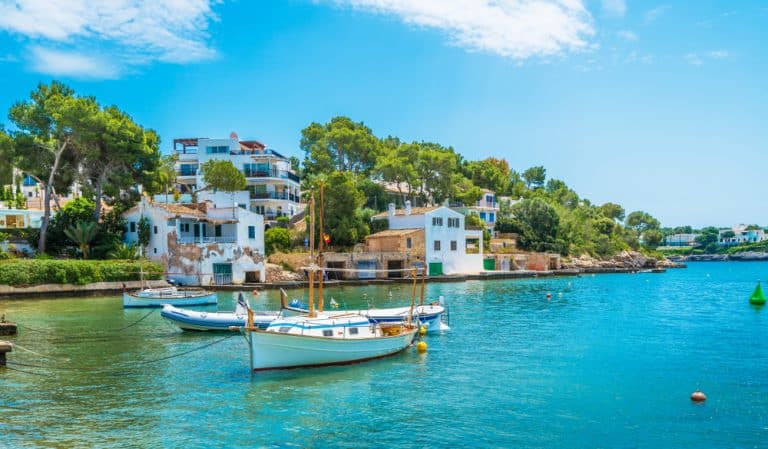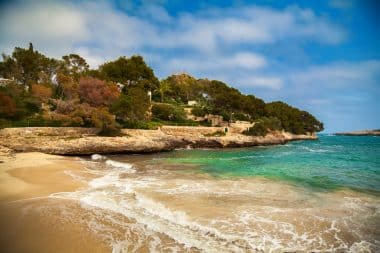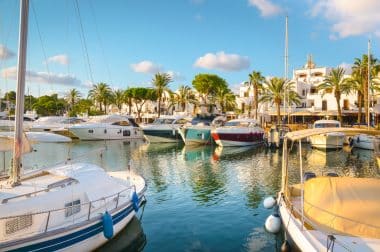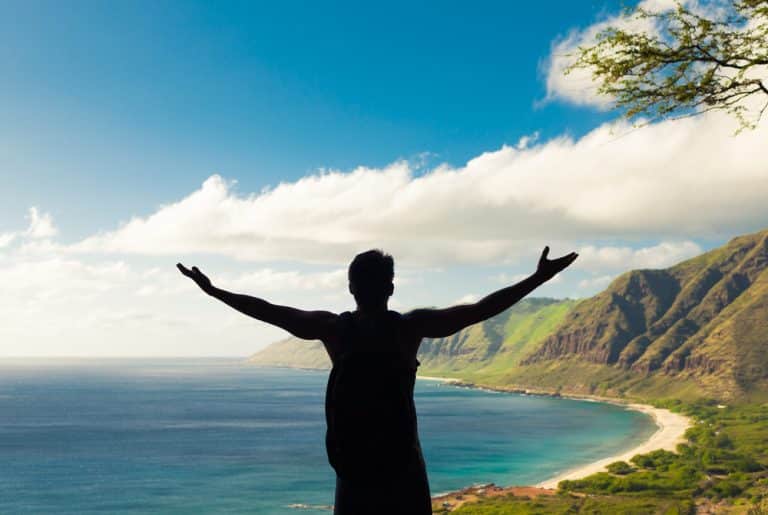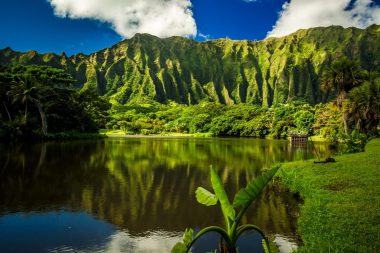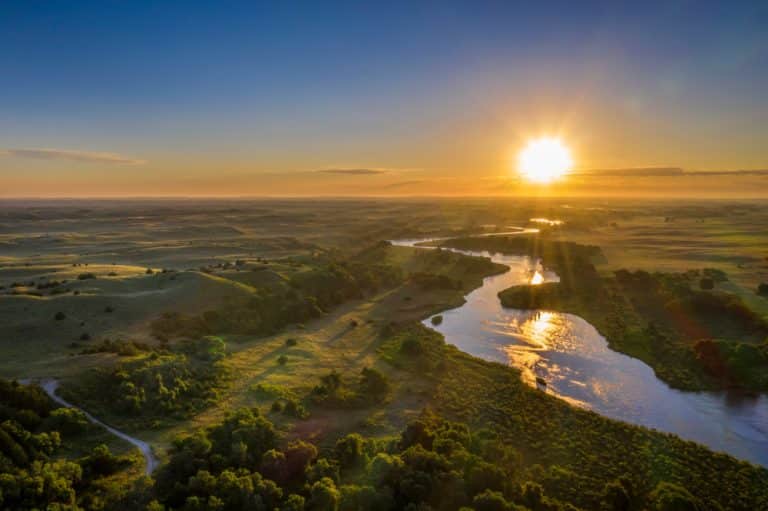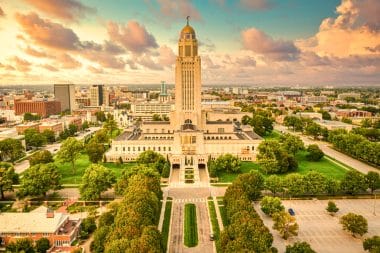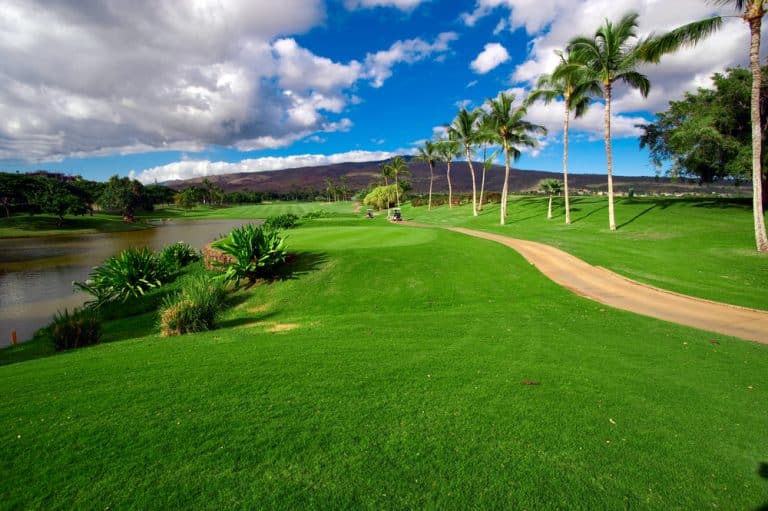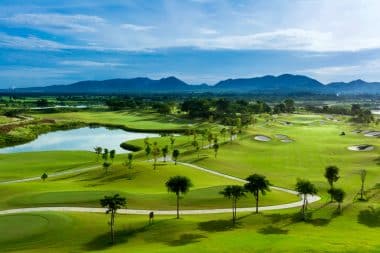Atmosphere Hotels & Resorts opened its newest resort, VARU by Atmosphere, on October 17, 2019. The island is 45 minutes by speedboat from Malé International Airport. On the northwestern edge of the Malé Atoll, VARU by Atmosphere offers beautiful overwater villas lined up along a jetty above the lagoon. The resort’s motto is “Naturally Maldivian” and true to this concept that reflects the Maldives , guests experience the surrounding sea and authentic Maldivian food with all their senses.
The Resort and its Philosophy
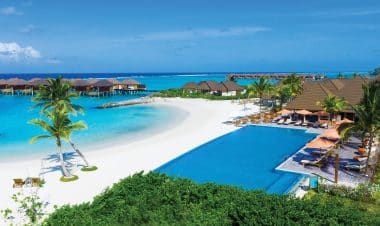
In Divehi, the Maldivian language, Varu means “living life in abundance, strength, resilience and above all authenticity”. True to its motto “Naturally Maldivian”, the five-star resort combines local tradition and culture with contemporary design and first-class service to create an authentic Maldivian experience.
With the VARU Plan, guests enjoy a luxurious stay inspired by the group’s motto “The Joy of Giving”. It contains all the amenities that make a dream holiday, so guests can feel at home on the island. Wishes are fulfilled anytime and anywhere, without having to worry about additional or hidden costs. Guests are invited to feast and drink to their heart’s content – without any restrictions. If you ask for another cocktail at sunset, you will be served it with pleasure. The lagoon can be explored at any time with the snorkeling equipment provided, there are daily excursions to sign up for, as well as a range of exciting non-motorized water sports activities.
Accommodations
VARU by Atmosphere has 108 villas in eight categories. The theme of “Naturally Maldivian” is reflected in each villa category – whether in the 69 water villas with direct access to the sea or the 38 beach villas, including three Majlis Suites, on the white sandy beach. In the water villas, guests are very close to the magical blue of the island paradise. The beach villas, on the other hand, offer a view of the azure horizon through a lush garden and have direct access to the tranquil lagoon.
Gastronomy
In the main restaurant and the three speciality restaurants of the VARU by Atmosphere, enjoyment with all the senses is on the menu.
Lime & Chili
At Lime & Chili, guests can enjoy the beach atmosphere in an elegant indoor and outdoor restaurant. VARU by Atmosphere’s main restaurant is open all day and offers a magnificent view of the sea right on the beach. A fresh sea breeze, soft music, soft sand under your feet and an extensive buffet form the backdrop for an unforgettable culinary journey. With fine creations from Europe and Asia changing daily, as well as local Maldivian dishes, the chef and his crew delight guests for breakfast, lunch and dinner.
Nü – Overwater Restaurant & Bar
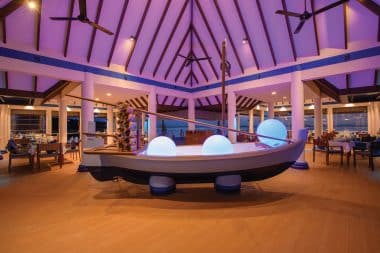
Nü means “blue” in the Maldivian dialect of Divehi. The Nü sits above the lagoon and is bathed in a soft blue – whether it’s the decoration, the wine glass through which the sun shines, or the moonlight streaming through the blue-tinted windows. Before dinner, the rooftop bar invites you to enjoy an aperitif and is perfect for watching the sun set over the lagoon. Afterwards, you can have a leisurely dinner in the restaurant, for example with a selection of fresh fish and the best of Mediterranean, Italian and French cuisine. The elegant gourmet restaurant serves a wide range of other dishes in addition to fish dishes. Nü is open daily for lunch and dinner.
Charcoal – Beach Grill
The Charcoal, which is open for dinner every day except Friday, serves the finest à la carte dinners right on the beach. Guests dine with a light breeze in the moonlight and with their feet in the cool sand. An experienced chef grills fine meat and seafood at the highest gourmet level. Guests can choose from a wide selection of appetizers, salads, kebab platters or classic dishes such as filet mignon, sirloin steak, ribeye or bourbon baby back ribs and end the evening with delicacies.
Kaagé – Maldivian Restaurant
In a traditional Maldivian house with accentuated wood tones and bright colours, Kaagé exudes an authentic ambience that is rounded off by warm hospitality. Culinary surprises from the local cuisine of the Maldives are created here by experienced local chefs and presented in a modern way – a fascinating culinary experience. The Maldives is blessed with few, but all the more valuable foods such as coconuts, sweet potatoes, mangoes, papayas and pineapples, as well as fresh fish and seafood. Kaagé is open for lunch and dinner.
Bay Rouge
The pool bar serves all kinds of drinks from morning to night: cocktails, mocktails, tea, coffee, juices and much more. During the day, classic bar snacks are served and fine snacks are served at happy hour between 4 and 6 p.m. In the early evening, when the sun sinks into the sea, a DJ with live music creates an atmospheric atmosphere. There is also an extensive drinks menu with a premium selection of spirits, beer and wine, unlimited cocktails and mocktails, soft drinks, etc. to choose from. In addition, on Tuesdays and Saturdays, when the other restaurants are closed, BAY ROUGE serves a refreshing and delicious lunch by the pool.
Diving – Koamas Dive & Water Sports
The Maldives impresses with its fascinating underwater world, so there is something new to discover every day under the surface of the Indian Ocean. VARU by Atmosphere brings guests into this magical world together with the Koamas diving school. The PADI-certified diving school and water sports centre are made up of a team of multilingual experts. Guests have the opportunity to explore nearby, new and unique dive sites through guided excursions. Koamas also offers a wide range of motorized and non-motorized water sports in the resort’s own lagoon.
Activities and recreation
Unlimited snorkeling
Guests have access to unlimited snorkeling trips during their stay, two of which are organized per day to nearby spots. In addition, the free use of snorkeling equipment during the stay is also included. So they can explore the beautiful underwater world of the reef at any time.
Aquatics
Guests looking for action and fun will get their money’s worth with non-motorized water sports. These can be used free of charge and include, for example, equipment such as windsurf boards and sails, catamarans, canoes and stand-up paddle boards.
DISPORT – Sports and Recreation Centre
Guests have unlimited access to the fully equipped gym and to DISPORT, a sports and recreation centre overlooking the lagoon. Coaches are available from 6.30 a.m. to 9 p.m. For guests, badminton, volleyball, table tennis, billiards and futsal, among other things, are available free of charge.
Tennis court
There is a tennis court on the island, which is open from 9 a.m. to 9 p.m. and has tennis rackets and balls ready.
Kids Club
VARU By Atmosphere’s children’s club, On The Move, will delight the little ones with various activities, supervised play areas and fun arts and crafts workshops. From hosting birthday parties to babysitting services, the trained staff at the children’s club will ensure that children are well taken care of and have a varied time at VARU while parents treat themselves to a well-deserved break.
Medical facilities
At VARU, a doctor is available around the clock for any kind of emergency medical assistance, as well as a boat service to the nearest medical facility in the capital Malé. Guests can contact the Guest Services team to arrange a visit.
Journey
Velana International Airport is located about two kilometers from the capital Malé. Guests will be welcomed at the airport by the VARU team and taken to the island by speedboat. The scenic drive takes about 45 minutes.
Upon entering the Maldives, guests receive a free visa that is valid for 90 days.
For more information, please visit the hotel website >>


